Joints and knees are protesting when you don’t warm up before a run!
If you have any queries or suggestions, please feel free to reach out via email to info@harisonfitness.com. We will do everything in our capacity to ensure that you love your experience with us.
For many of my friends, their warm-up is to lace up their shoes and just start running. It may not be very clear what to do for warm-up activities and how to do warm-up exercises in a correct and standardized way. Today, I’ll take you through warming up before running~
01The role of warming up
1. Warming up before running can reduce the risk of injury. Warming up can help our body prepare for running in advance and better master the skills of running, thus reducing the risk of physical injury.
2. It can improve running performance. Activating our body in advance by warming up can help us improve the quality and level of our running. You will find a big difference between running after warming up and running without warming up.
3. It can also help with mental preparation. Many people think that warming up just helps the body get ready. In fact, this is not the case. Warming up before running can also improve our mental level and prepare our body and mind to a certain extent.
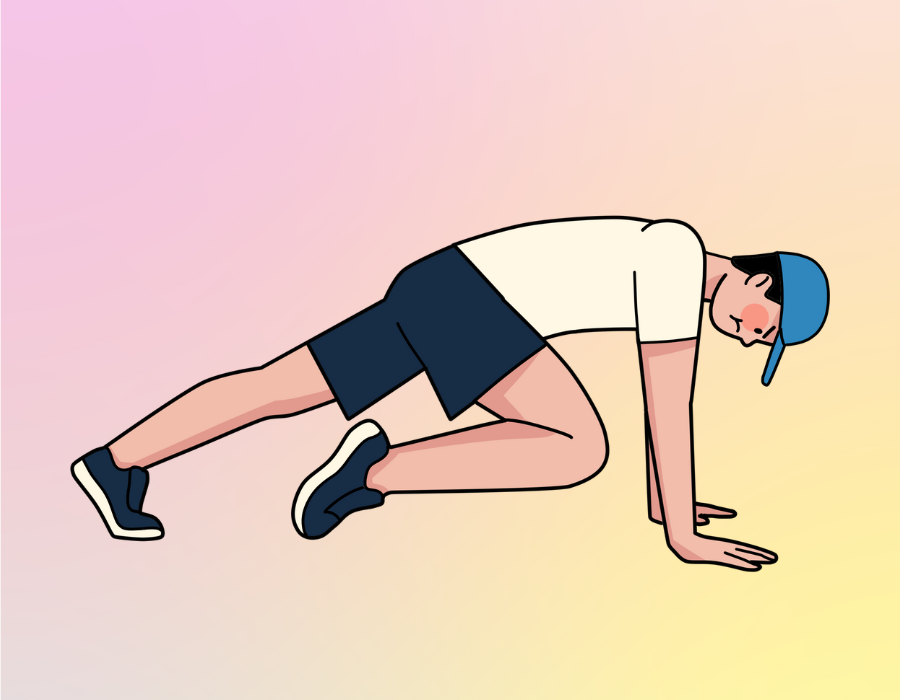
02Consequences of not warming up before running
1. Increase the chance of injury. Especially when running, if we don’t warm up in advance, it is difficult for our body to stretch out, and it will be easy to have cramps and muscle strains, and in serious cases, it will lead to heart damage.
2. Joint injuries Although running is simple, it is a very big test for your knees. In the long run, it will lead to knee pain, and the knee may also cause fluid retention or synovitis.
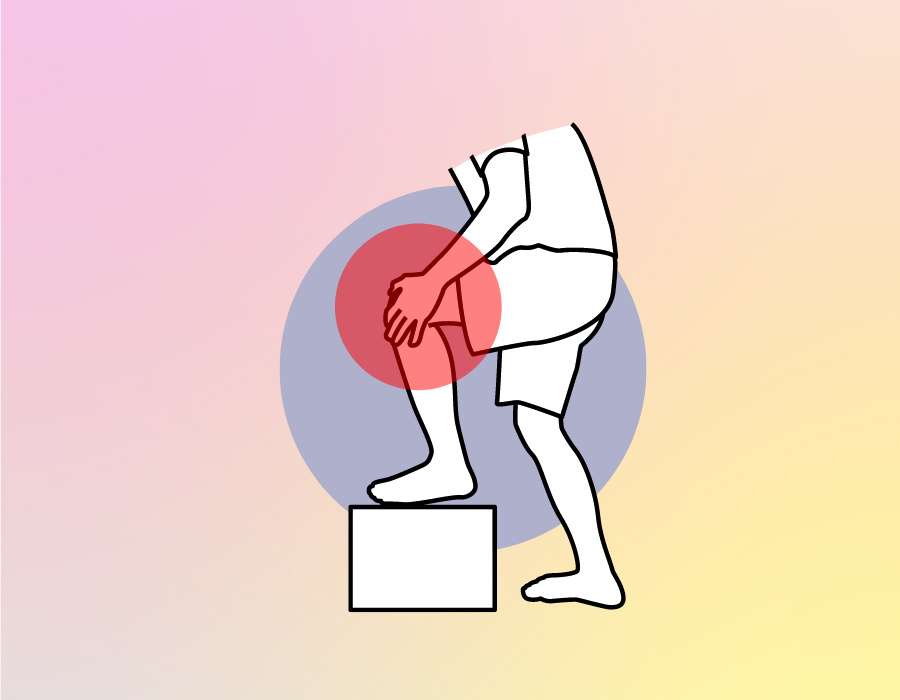
03How to warm up
The following eight simple pre-running warm-up moves will stretch the major muscle groups during exercise. Through these actions, you can more comprehensive exercise to the running needs of the relevant muscle groups, so as to achieve the effect of warming up. If you spend ten minutes warming up before running, you can effectively avoid all kinds of sports injuries.
Open and Close Jumps
A classic physical training movement that effectively activates the lateral gluteal muscles, internal femoral retractors and shoulder muscle groups.
Suggested practice: 30 seconds to 40 seconds.
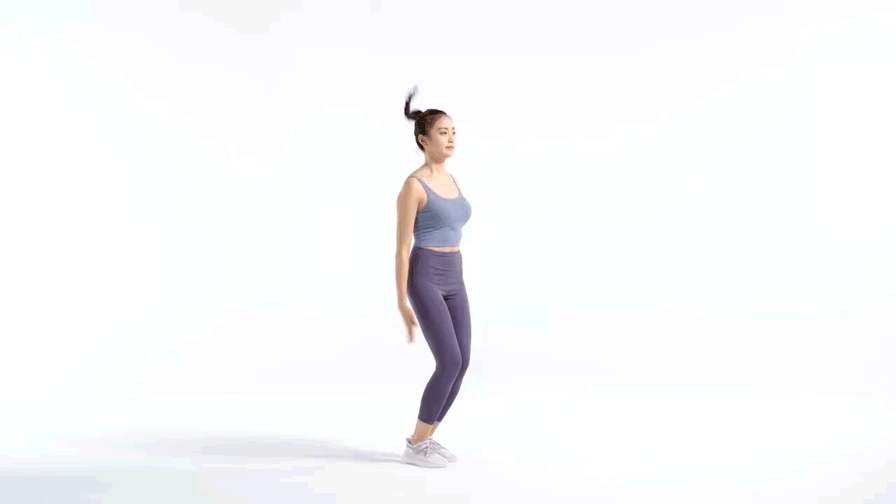
High leg raises
We can activate the hip flexors (iliopsoas, rectus femoris, etc.) in preparation for running. Those who are fit can go straight to the fast high leg lifts, while running beginners can perform slow “in place” exercises (making sure to lift the leg as high as possible).
Suggested practice: 30 seconds to 40 seconds.
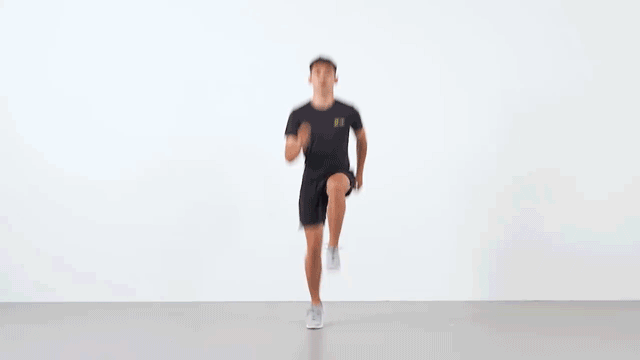
Rear Kick
This movement is used to stretch the quadriceps (the muscle group on the front side of the thigh that improves mobility) which is relatively easy to do.
Suggested practice: repeat the run for 10-15 meters, shifting direction.
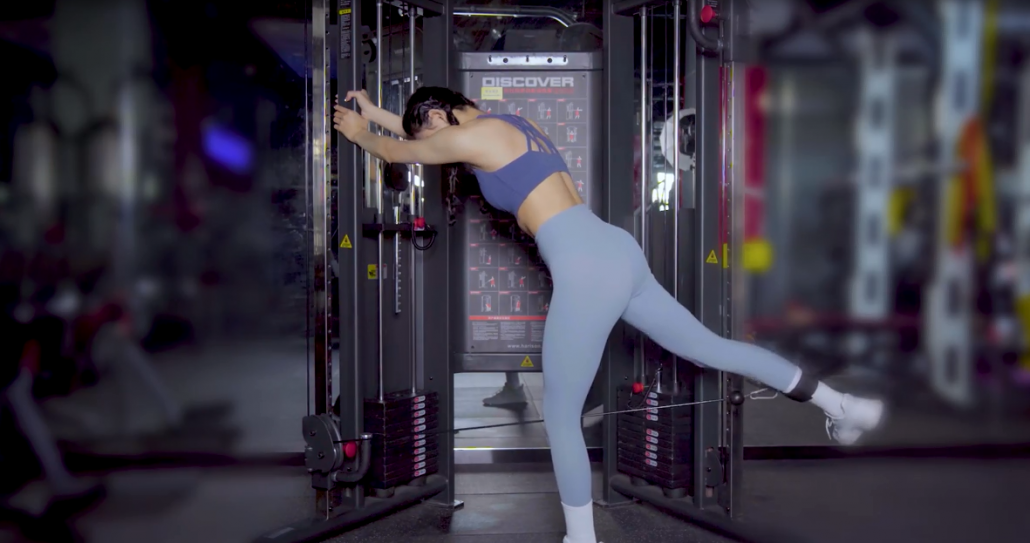
Straight Leg High Reach
Used to improve flexibility of the posterior leg muscle groups and prevent hamstring injuries and strains.
Suggested practice: run 10-15 meters in repetitions, switching directions.
Lunge Squat
The lunge squat is a movement that is similar to running in terms of movement and is often chosen as the final integration of the warm-up.
Suggested practice: 15-20 reps per side.
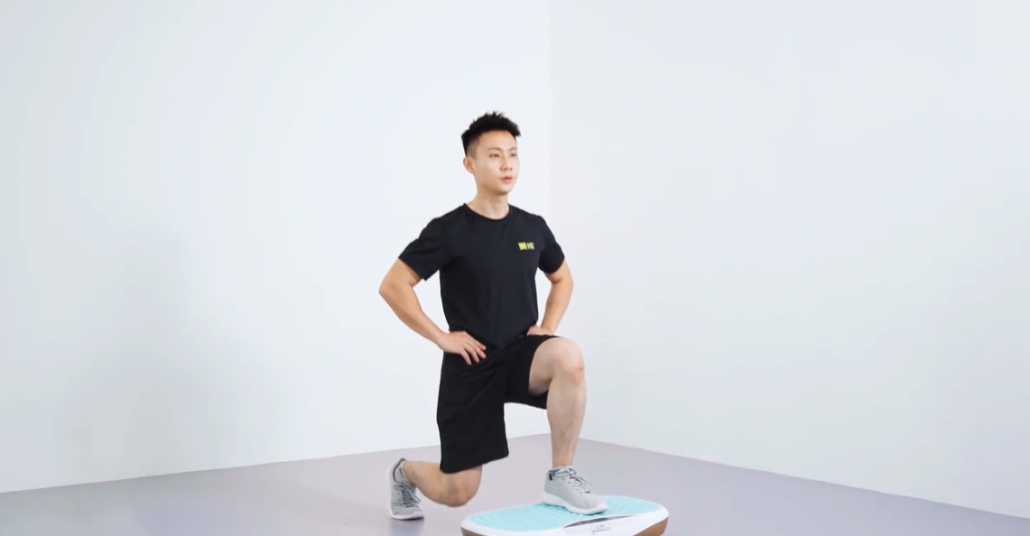
Side Leg Press
This movement is used to develop hip mobility and pull the adductor muscle groups while improving gluteal activity.
Suggested practice: 10 to 15 reps per side.
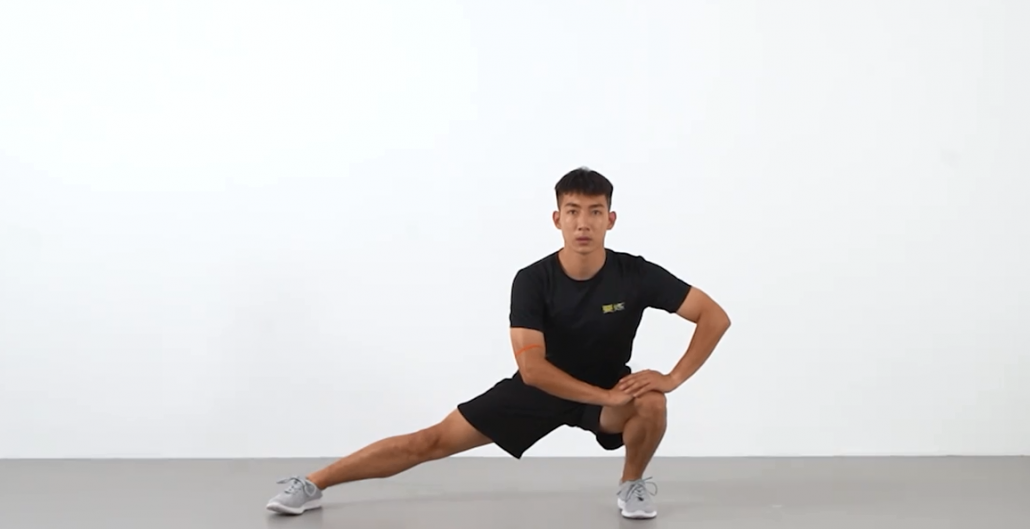
Standing Heel Lift
Improves calf muscle mobility and Achilles tendon strength by fully stretching the gastrocnemius and flabby muscles.
Suggested practice: 10 to 15 repetitions on each side.
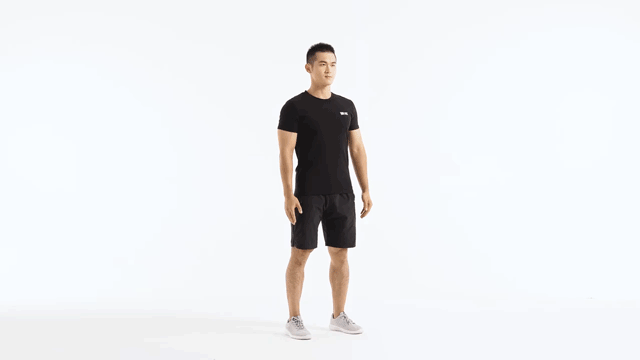
Lateral Running Rotation
Develops trunk range of motion, improves adductors and hip movement and ankle flexibility.
Warming up before running is very important, you must pay attention to it, do not because of the convenience and ease of the moment and lay hidden dangers for future health.

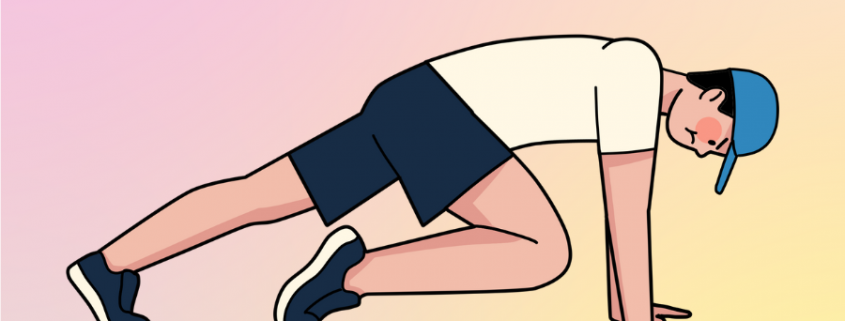


Leave a Reply
Want to join the discussion?Feel free to contribute!